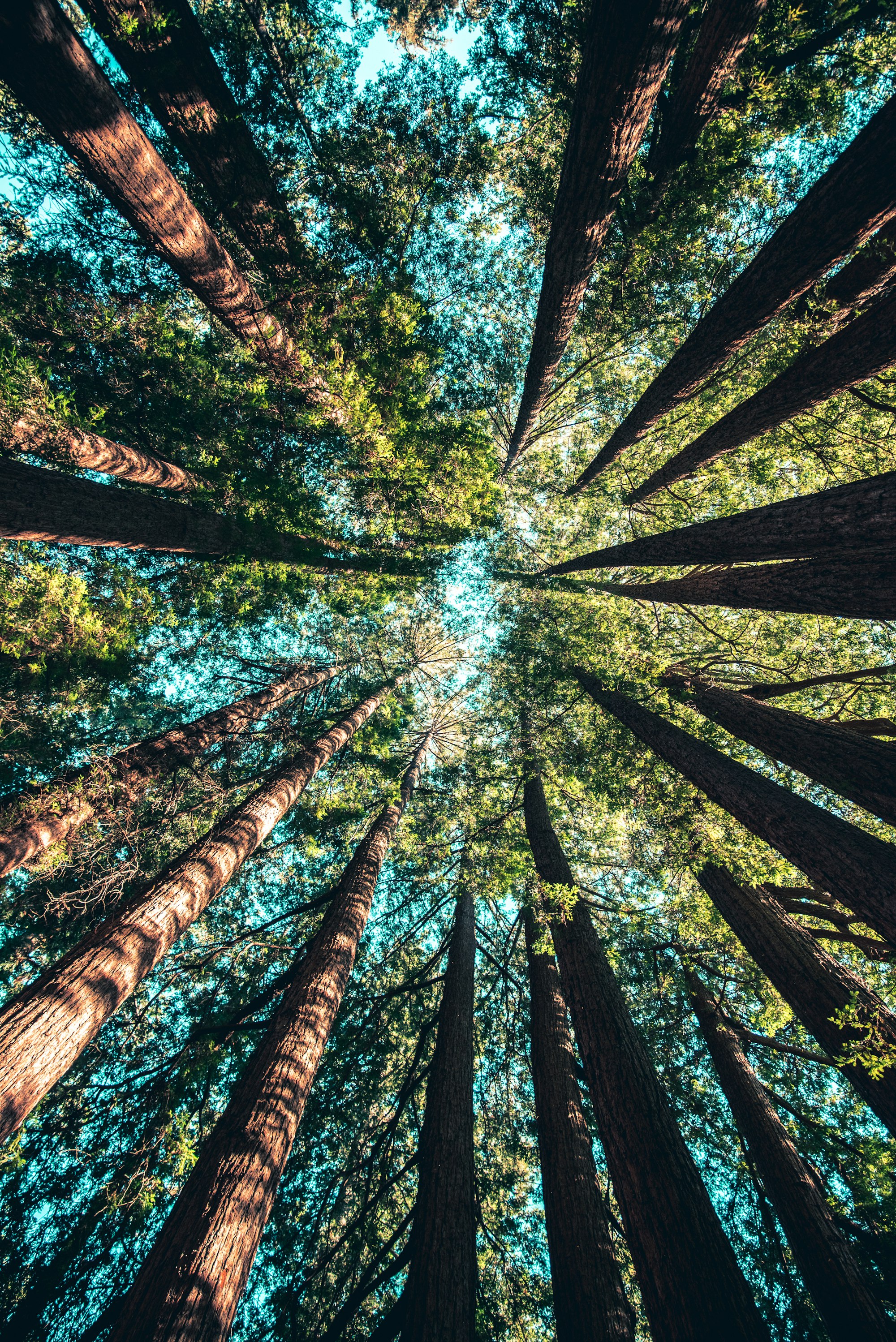The global temperature of the Earth has increased by 2 degrees Fahrenheit since the 1880s, with 19 of the 20 warmest years ever recorded to have occurred since 2001. The Earth is heating up faster than it ever did, and the huge amounts of CO2 and other green houses gases emitted by human activities is a prime contributor to trapping heat and making the global temperatures soar. The changing climate has initiated a series of chain reactions that affects the environment and human lives in more ways than one.
Impacts of Climate Change
A lot has been spoken on how climate change has caused changes in weather patterns across countries. It has been scientifically confirmed that climate related weather extremities have been increasing, resulting in increased floods, droughts and extreme temperature events. As the sea level rises from melting glaciers and polar ice caps, lakes and rivers are drying up due to prolonged summers. And a major impact of these changes negatively affect the biodiversity, and particularly – our forests!
Impacts of Climate Change on Forests
- Forest fires have increased in the last two decades burning down acres of forest land. Invasive species, insect outbreaks and storms also destroy these natural habitats and negatively impact the health of the forests.
- Trees are living things that grow slowly and thus, shifting climate patterns and changed living conditions adversely impact their development. Growing conditions for trees like oak, spruce and pine have been deteriorating, resulting in weaknesses and reduced capacity to defend against attacks from insects like beetles. In 2018, foresters across Germany had to fight against the largest bark beetle plague since the Second World War.
The importance of forests can hardly be over-emphasised. It not only allows the Earth and human race to exist by providing us with oxygen, but it also has the key to control climate shifts, by influencing temperatures, ensuring rainfall and by purifying the the air we breathe by absorbing CO2. Forests are also home to 80% of the world’s terrestrial biodiversity. Preservation of different animal species depends on these forests. And as humans, it is our duty to ensure different ecosystems can well-function and co-exist without our actions resulting in further extinctions of species.

How can Forests help in preventing Climate Change?
Trees in the forests capture carbon dioxide and store it in their leaves, stems and barks for centuries, thus ensuring that the carbon is not released into the Earth's atmosphere. Approximately 2.6 billion tonnes of carbon dioxide, one-third of the total CO2 released from burning fossil fuels, is absorbed by forests every year (Source). In this way, forests regulate temperature.
An important approach to facilitate this is by the conversion of forests to climate-adapted mixed forests with many different, predominantly native tree species, such as hornbeam, oak, wild cherry or maple. A wide variety in the try species makes it possible for different trees to grow so that at least a few of the species can survive and cope with the uncertainties of future climate conditions.
Preservation of Forests in Germany
The 2020 Forest Strategy in Germany – strategy that acknowledges the dual function of forests as both natural areas and as economic areas, identifies nine action areas:
- Mitigating and adapting to climate change
- Property, work and income
- Raw materials, use and efficiency
- Biodiversity and forest conservation
- Silviculture
- Hunting
- Soil protection and water management
- Recreation, health and tourism
- Education, public relations and research
The strategy also recognises the challenges in achieving a balance between the rising demands of forest products and sustainable use practices, and identifies potential solutions to address these. The Federal Ministry for Economic Cooperation and Diversity (BMZ) in Germany has also made commitments of 2 billion euros for more than 200 forest initiatives, and is one of the biggest donors for environmental protection in the world.

Join in
- Reconnect with nature: Take trips with your family in nature, breathe in the fresh air, get close to the peace and calm that forests have to offer. Build a relationship with nature and get involved in protecting it.
- Adopt a tree: Different organisations have now made it possible for people to get involved in environment protection through adoption of trees by paying minimal fees. One can get a sponsorship certificate for the tree that they select by using a map with Arbio. It could also make an innovative and eco-friendly birthday gift idea by offering the protection of a tree to someone through Conservamos.
- Join environment protection campaigns: Our particular favourite is the Trillion Tree campaign, started by the 19 year old Felix Finkbeiner from a small Bavarian village in Germany, who is now getting the world to plant 1 trillion trees in the next 30 years.
Header Picture: Sergei Akulich, Unsplash



















